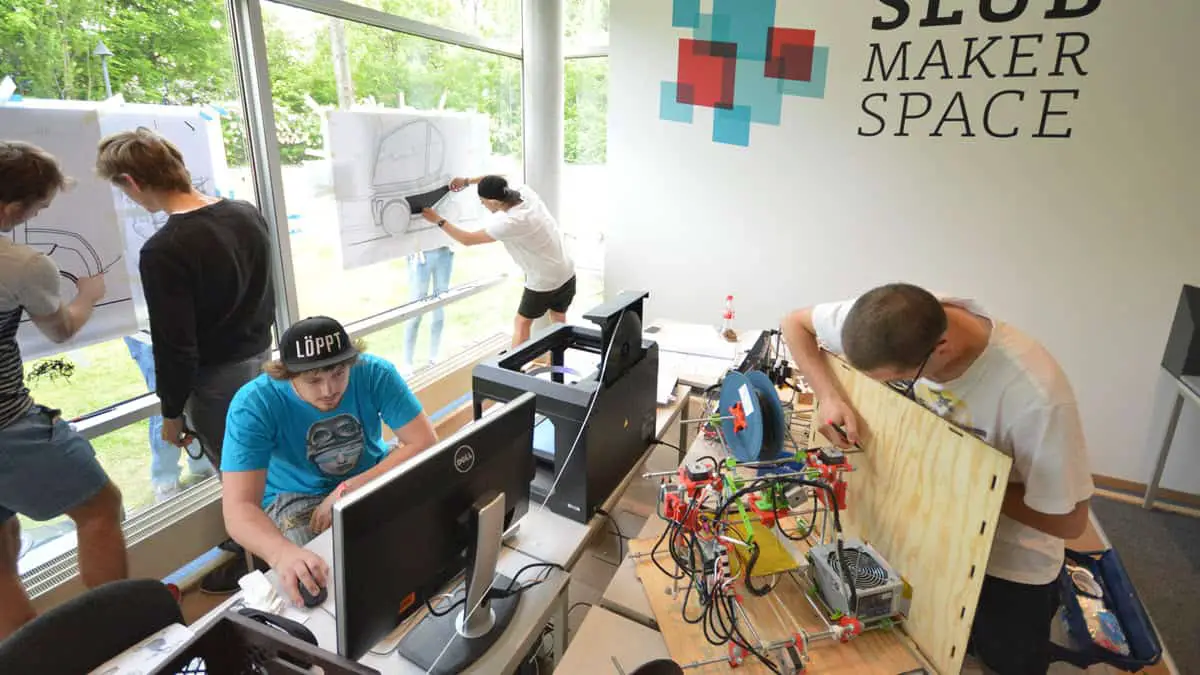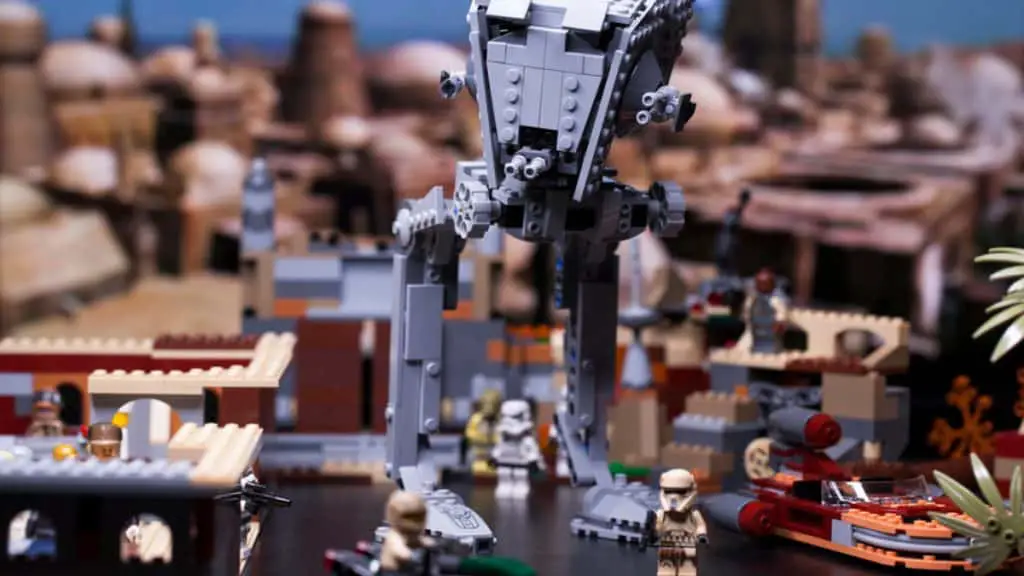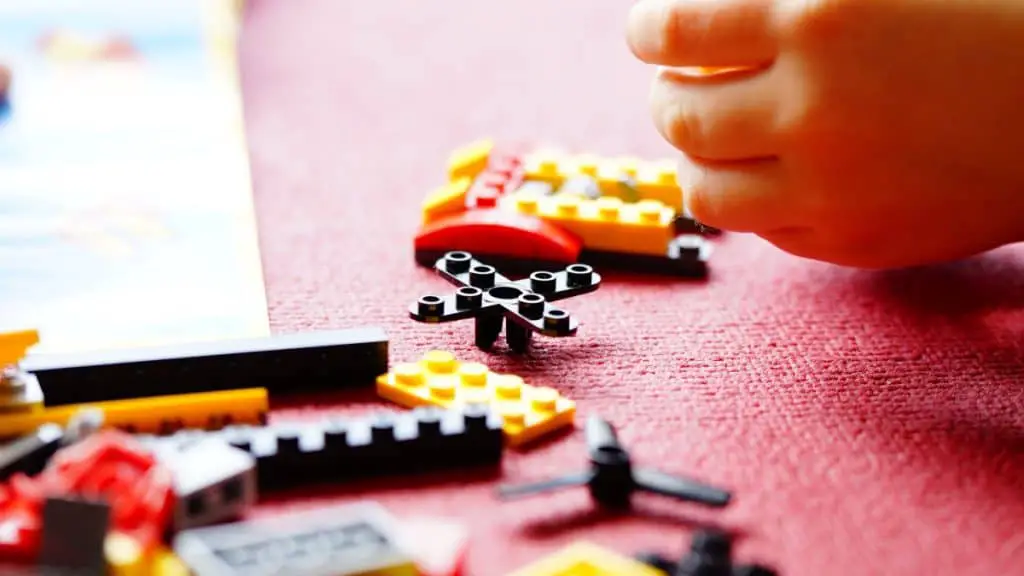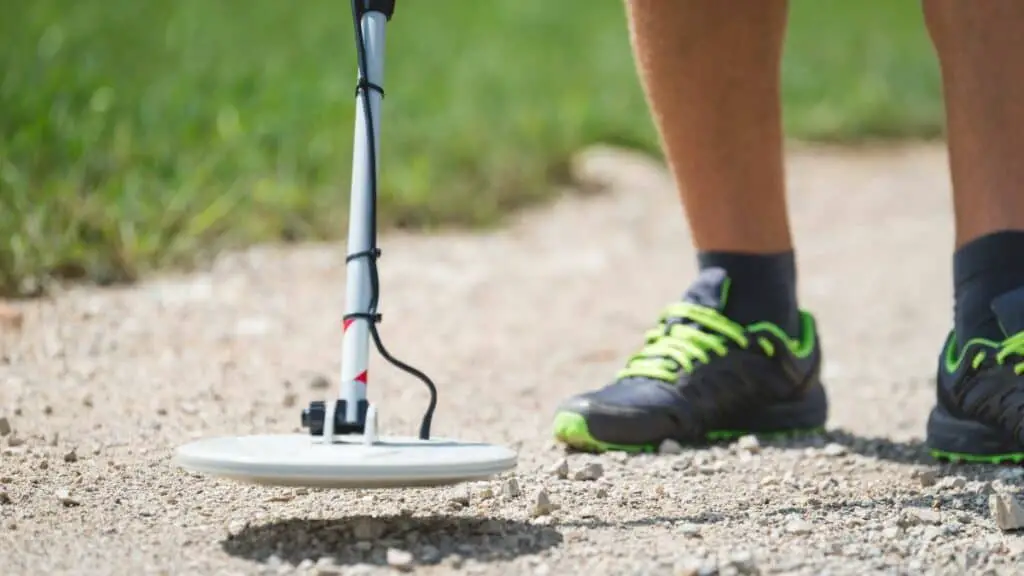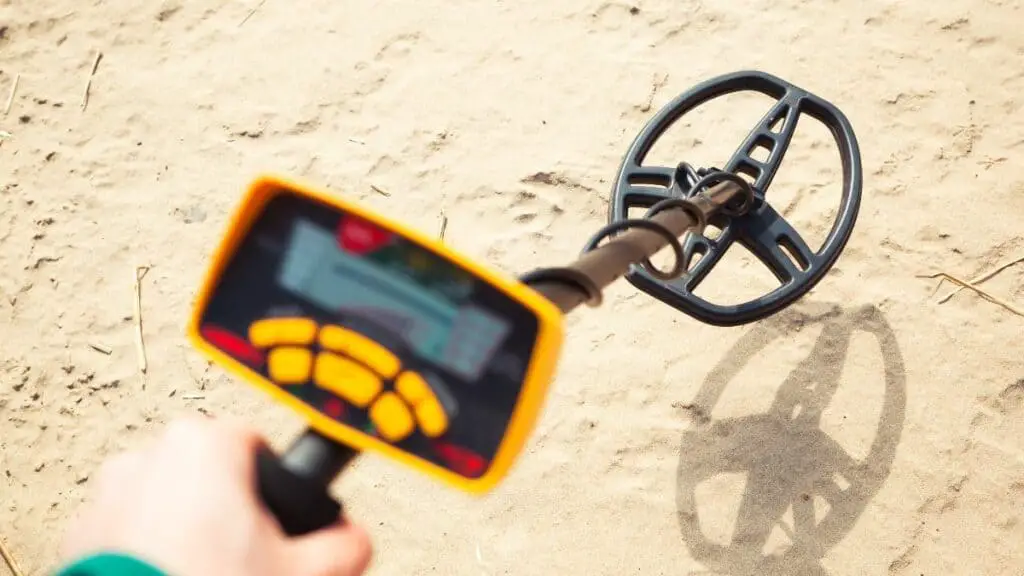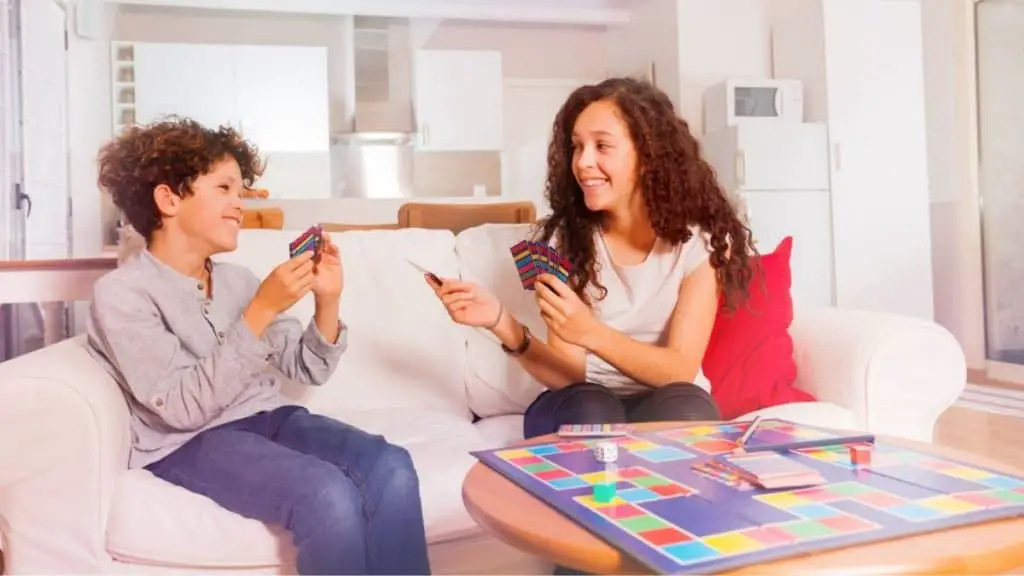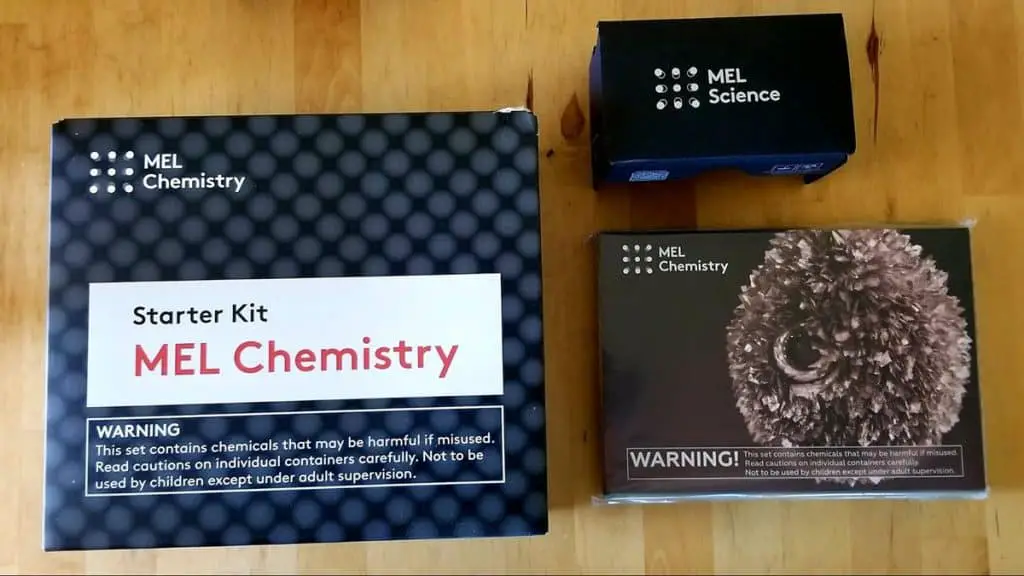Makerspace Grants for Libraries | Makerspace Funding Opportunities
Creating or growing a makerspace within a library is enjoyable and highly valuable to the community of library patrons. However, there’s only so far you can get without a budget and that’s when you need to start looking for makerspace funding opportunities. In this article, we’ve brought together the two most important aspects of makerspace grants for libraries – where to find grants and how to apply.
Where to find Makerspace Grants for Libraries
1. Local makerspace funding opportunities
a) Community Foundations
Search for funding from local community foundations by using search terms such as:
- “[location] community foundation”
- “community foundation near me”
When searching by location, be sure to try your town, city, district, state and whatever else makes sense for your location.
When you reach relevant community foundation websites, look for a grant or funding section. The great thing about community foundations is that you won’t need to compete outside of your local area. Indeed, in some communities, you may be the only applicant with a makerspace idea in mind, and that should be to your advantage!
b) Arts Councils
Search for funding from local arts or arts and culture councils:
- “[location] arts council”
- “[location] arts and culture council”
- “arts council near me”
This is a particularly good approach if you make a case for how your makerspace will combine STEM + arts and culture. Think STEAM rather than STEM!
2. Grants for Libraries
a) Institute of Museum and Library Services (IMLS)
The IMLS has several grant programs that are open to small libraries and would be suitable for a makerspace grant application:
b) Scholastic Grants Page
Scholastic keep a regularly updated list of grants available to libraries:
c) Demco Grants Search
Demco offers a free grant database that can be searched for available opportunities. Categories include Library and STEM:
3. Foundations with STEM and/or Library Grants
- Captain Planet Foundation grants – supports projects that involve students getting hands-on with environmental solutions
- Ezra Jack Keats Mini-Grants – for “special projects outside the standard curriculum, or engaging ways to help students meet curricular goals”… sounds like a makerspace to me!
- The Max and Victoria Dreyfus Foundation – grants are typically $1-20K and deadlines are in May and November each year.
- Verizon Foundation – a funding priority is STEM education for K-12 youth. Applications are by invitation only, so you need to contact a local community relations manager to get involved.
Makerspace Funding Opportunities — How to Make Your Application Successful
Do you have big plans for your library makerspace that you need to fund from a small budget? The secret of successful grant applications is matching your grantor’s greater objectives.
Every library needs more funding. Most grant programs are extremely competitive. Libraries that submit successful proposals for makerspace funding don’t just go through a passive process of looking for funds.
Successful applicants create their own brand of makerspace to draw attention to their programs. Then they look for funding programs that have objectives compatible with their own, not just the most dollars with the fewest applicants. Libraries that build their identity through their makerspace programs sometimes find that foundations invite them to submit grant proposals. Successful grant seekers weave their stories into their funder stories to make a lasting match — that may result in annual funding.
Develop a Vision Statement for Your Makerspace

The first step in getting a grant for your library is to decide who you want to reach and how you want to reach them with your makerspace. Is your goal providing hands-on experiences that bring students together? Is your goal making STEM more accessible, or integrating STEM into your broader curriculum? Or providing your public with skills-building leisure activities? Say so!
Nearly every funder wants to match their vision statement to your vision statement. Your funding proposal should make this task easy for them.
Here is how you write your vision statement to get your funder’s attention — in a good way.
Keep it short
Your vision statement should be memorable and easy to read. Two or three sentences is the maximum length for this introduction to your proposal. It’s fine to expand your vision statement elsewhere, but your introduction to your funder should be brief.
Keep it original
Vision statements don’t have to be unique. It’s okay to have LEGOs in your makerspace. But your vision statement should be specific to your makerspace and reveal a unique outcome that only you can provide to the community you serve.
Keep it simple
Successful funding proposals use the principle of optimal heterophily. This ten-dollar term refers to providing just enough contrast to spark interest in your plans for your makerspace while leaving grant-makers, your board, and your public in a comfortable place with regard to potential accomplishments. You want to pose a challenging goal that can be met with your funder’s help. You can expand on this goal with objectives and timelines later in your funding request.
Your makerspace grant is not just about your library

Consider what motivates foundations to give out money for makerspace. Grantmakers are human, too. Many of them remember the sheer joy they felt when they’ve participated in makerspaces of their early lives. A sense of sharing youthful anticipation, curiosity, and mastery is a good thing to convey in your grant proposal.
Have a makerspace story — even if you don’t have a makerspace
Most librarians regard themselves as just librarians. They acquire, prepare, and organize informative materials. They analyze, synthesize, filter, and edit information.
But when librarians create a makerspace, they don’t help their patrons find predigested stories of the world around them. They help their patrons write a new story uniquely their own. Funding organizations want to see that libraries are capable of engaging targeted children, teens, and adults with the resources they already have.
It certainly doesn’t hurt if librarians are makers themselves. You don’t have to have had experience with advanced technology. Your funder can help you acquire and use technology. If your story is how you used popsicle sticks and refrigerator magnets and LEGOs to advance STEM, tell them!
Don’t just think STEM. Think STEAMM!
Some of the most creative approaches to creating a makerspace equipment list emerge when we expand our concept of STEM (science, technology, engineering, math) to STEAMM (science, technology, engineering, art, math, and making). Students, as well as teachers, can be inspired to learn about almost everything: life science, earth science, physical science, engineering, robotics, virtual reality, video, sound mixing, deconstructing, reconstructing, coding, programming, drones, gaming, art, music, and storytelling.
All these activities are legitimate uses of the equipment you acquire for your makerspace. It is not necessary for every purchase to fit neatly in an established STEM curriculum. You can make the curriculum fit the resources at hand by expanding your ideas of what STEM is.
Look beyond the usual suspects for funding
Before you craft your vision statement and probably before you even (link) write your makerspace equipment list, spend some time matching your library to the right funder.
It’s easy to find a list of makerspace grants on grants.gov. These grants can be large, but many libraries will try to get them.

It’s not always easy to Google for funding agencies. You need to be something of an Internet sleuth to find all the information you need to apply for funding from the Institute of Museum and Library Services, Brinker International Charitable Giving, the Cognizant Making the Future Foundation After-School and Summer Program, and grants from Verizon. It can be even harder to find charitable foundations that have a regional emphasis. The problem with applying to any of these foundations is that your library faces tremendous competition for monetary awards.
Cultivate relationships with private donors. Local companies may be happy to fund projects that help them define their presence in the community. Women business leaders may fund grants for STEM for girls. Under-resourced libraries may reach out to seek help for coding for the community. There are even makerspace grants for libraries seeking to teach STEM through activities in community kitchens.
Just be sure your donors get all the tax breaks to which they are entitled. If your library is in the US, it is easier to get donations for your makerspace program if you are applying for either:
- A public library, or
- A library classified as a public charity under 501(c)(3) of the Internal Revenue Code and further classified as a public charity under sections 509(a)(1)-509(a)(3) of the Internal Revenue Code.
If you are not sure about your IRS status, get a member of your board to confirm it.
Let’s review an important general principle that grant applicants need to keep in mind: Libraries that submit successful proposals for makerspace funding don’t just go through a passive process of looking for funds. They create their own brand of makerspace to draw attention to their programs that sometimes even have foundations knocking on their doors.
Frequently Asked Questions
How does makerspace funding differ from regular library funding?
Most library funding is not based on use or demand. Most libraries subsist on what city and county governments will provide them. But makerspace grants for libraries are based on potential to serve the community in new ways with greater access to technology.
What can we do with our makerspace if our library is also used as a classroom?
Make sure you have space for makerspace! Consider seeking makerspace funding for a mobile makerspace or remodeling an unused classroom.
Who runs the makerspace while the librarian is helping a teacher or going to meetings?
If you don’t have a library aide, you can set up projects so students can run them on their own or help each other. Most makerspaces don’t have formal “student helpers” but chances are that there won’t be a minute that students aren’t helping each other.

